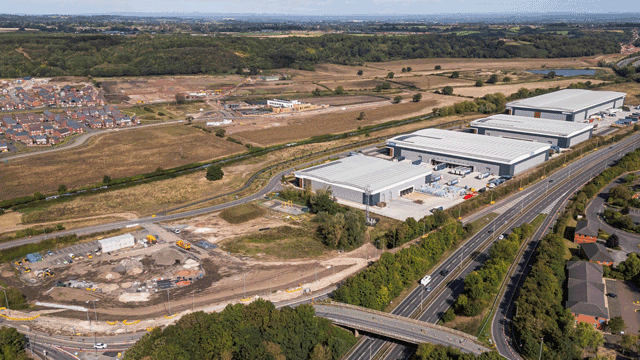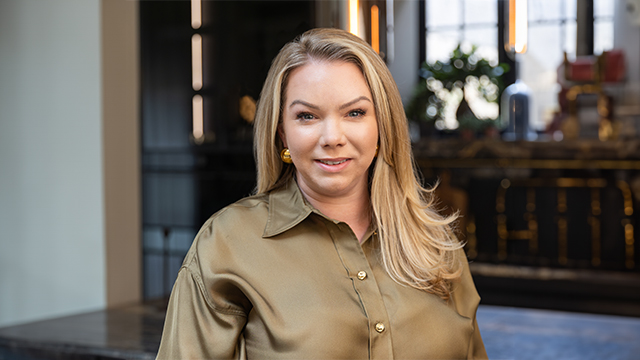 Margin of safety. Seth Klarman wrote a book with this title 25 years ago; a copy is available on Amazon for £3,231.
Margin of safety. Seth Klarman wrote a book with this title 25 years ago; a copy is available on Amazon for £3,231.
The idea goes that market prices swing around and that, in the long term, fundamentals are what drive performance. If you can work out how strong the long-term fundamentals are for an asset and attach an appropriate long-term risk premium then you can work out roughly how much something is actually worth (the “intrinsic value”) rather than what the market says it is worth (the price).
Then, you only buy with a margin of safety, at a price some way below your estimate of the intrinsic value of the asset. So where is the margin of safety in today’s property market?
As far as we can work out, on average, the UK property market is overpriced. Property is worth less than you have to pay to buy it.
If you are buying at a price which is more than an asset is actually worth, there is no margin of safety since, by definition, the net present value is less than zero. That does not even make it an investment at all, rather, it is a “deployment of capital”, or more impolitely “spending” or “speculation”.
There is nothing inherently wrong with those things, but it is not investment. So, in an overpriced market, how do you execute with a margin of safety? The answer is in the “on average”.
Stood at a barbecue one day, a mathematician friend of mine stared long and hard at the sausages on the grill and said “on average they are all cooked” and he was right, but I would not have wanted to pick one to eat while blindfolded. Luckily it was pretty straightforward to identify which sausages were edible and which were not. Were you to have chosen one at random, the chances were you might have ended up feeling quite ill.
This was a question of “stock selection” and it turns out that averages are not very good at indicating what to do. The implication is that you can only select individual properties bottom up, and that in an overpriced market (on average) you will find fewer of them that are under-priced, not that there are none at all, as the average would imply.
This is good news for property investors as we do not trade in averages; we hold, buy and sell individual assets. But it is bad news when the market is overpriced – as we believe it is today – since the chances are that, without any skill, you are going to find an overpriced asset.
The question then is one of skill and whether you have the process, people and resources to identify and consistently underwrite the scarce properties that remain underpriced, or at least reasonably priced.
This takes a lot of time, systematic hard work and a great deal of patience. Right now, identifying properties that have any margin of safety is incredibly hard.
Russell Chaplin is chief investment officer, property, at Aberdeen Asset Management










